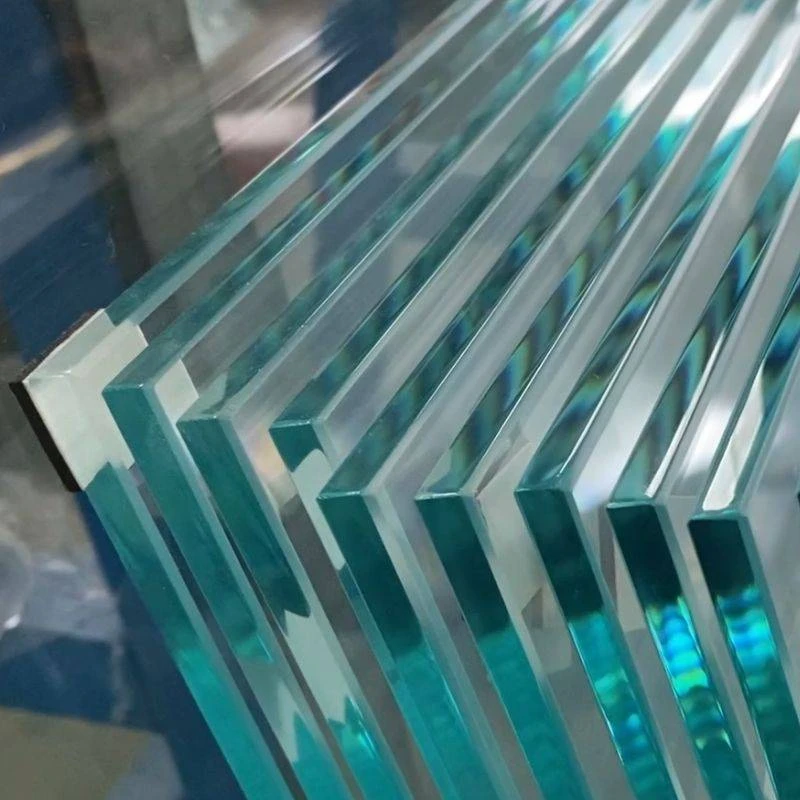

The Benefits of Solar Control Low-E Glass
As we continue to seek innovative solutions to enhance energy efficiency and improve indoor comfort, solar control low-emissivity (Low-E) glass has emerged as a game-changer in the construction and building materials industry. This advanced glazing technology offers an array of benefits that make it an ideal choice for both residential and commercial buildings.
Understanding Low-E Glass
Low-E glass features a thin, transparent coating that reflects heat while allowing light to pass through. The coating is typically made from materials like silver and is applied to one side of the glass, making it a low-emissivity surface. This unique property helps to maintain a comfortable indoor environment by regulating the amount of solar heat that enters a building.
Energy Efficiency
One of the most significant advantages of solar control Low-E glass is its energy efficiency. With rising energy costs and increasing environmental concerns, energy-efficient building materials are more important than ever. Low-E glass reduces the need for heating and cooling through its ability to reflect infrared radiation. In the summer, it minimizes solar heat gain, which helps to keep indoor spaces cooler and reduces reliance on air conditioning. In the winter, it retains indoor heat, contributing to lower heating costs.
UV Protection
Solar control Low-E glass also provides an added layer of protection against harmful ultraviolet (UV) rays. Prolonged exposure to UV rays can cause fading and damage to furniture, fabrics, and artwork. Unlike traditional glass, Low-E glass filters out a substantial portion of UV radiation, preserving the integrity of your interior spaces and prolonging the life of your belongings.

Enhanced Comfort
In addition to energy savings, Low-E glass enhances indoor comfort. By minimizing temperature fluctuations and regulating light levels, it creates a more stable and pleasant living or working environment. Natural light can flow into spaces without the discomfort of excessive heat or glare, making it an ideal choice for offices, homes, and commercial settings.
Design Versatility
Another notable benefit of solar control Low-E glass is its versatility in design. This glazing option is available in a range of styles, thicknesses, and coatings, allowing architects and building designers to incorporate it seamlessly into their projects. Whether it's for large windows, glass facades, or skylights, Low-E glass can adapt to various architectural requirements while providing the functionality needed for energy conservation.
Environmental Impact
By reducing energy consumption, solar control Low-E glass also contributes to a decrease in greenhouse gas emissions. As buildings consume less energy for heating and cooling, the overall carbon footprint is lowered, supporting global efforts to combat climate change. The use of energy-efficient materials like Low-E glass can help achieve certification from green building programs, showcasing a commitment to sustainability.
Conclusion
In summary, solar control low-emissivity glass is a valuable addition to modern building practices. Its ability to enhance energy efficiency, minimize UV exposure, improve indoor comfort, and offer design flexibility makes it a preferred choice among builders, architects, and homeowners alike. By investing in solar control Low-E glass, you not only create a more enjoyable and sustainable environment but also contribute to a healthier planet for future generations. As technology advances and building standards evolve, the role of Low-E glass in achieving energy-efficient and aesthetically pleasing architecture will only continue to grow.